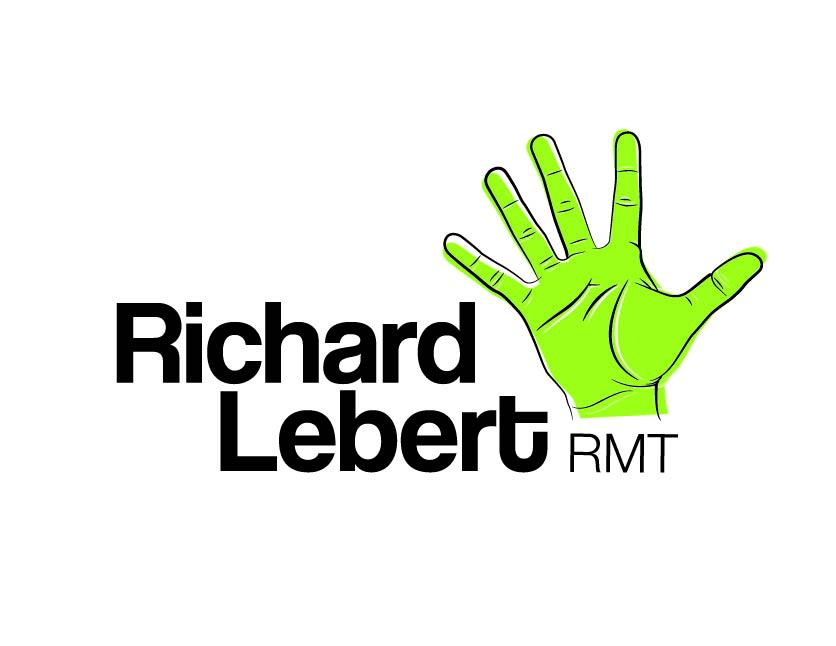What is Cupping?
/Cupping is a technique where a vacuum is created in a cup, drawing the skin up into the cup decompressing the layers of the epidermis and subcutaneous superficial fascia. Cupping has been practiced in most cultures in one form or another throughout history but the true origin of cupping therapy remains uncertain. Cupping is a technique where a vacuum is created in a cup, drawing the skin up into the cup decompressing the layers of the epidermis and subcutaneous superficial fascia. Cupping has been practiced in most cultures in one form or another throughout history but the true origin of cupping therapy remains uncertain. Some may not realize the widespread use of the technique, in 1900 John Harvey Kellogg wrote about 'dry cupping' in The Home Handbook of Domestic Hygiene and Rational Medicine stating...
Read More






